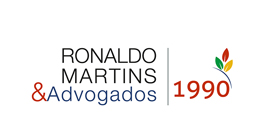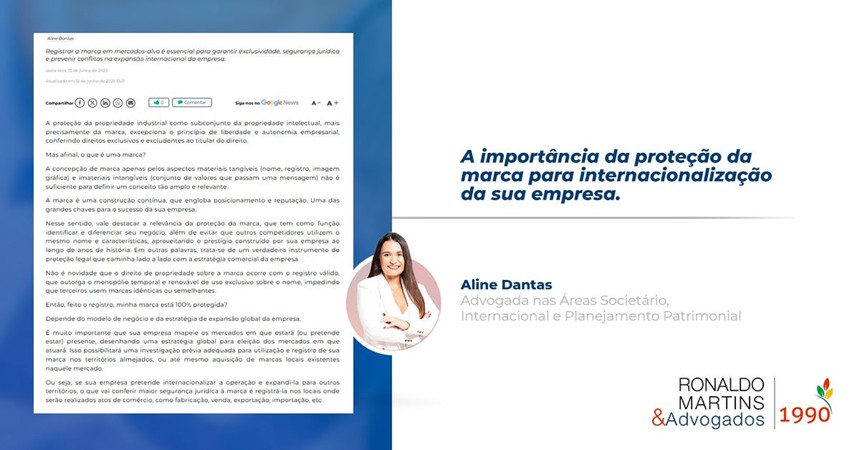The protection of industrial property, as a subset of intellectual property,specifically trademarks, acts as an exception to the principle of business freedom and autonomy, granting exclusive and exclusionary rights to the right holder.
But what exactly is a trademark?
The conception of a trademark based solely on tangible aspects (name, registration, graphic image) and intangible aspects (set of values that convey a message) is not sufficient to define such a broad and relevant concept.
A trademark is a continuous construction that encompasses positioning and reputation. It is one of the keys to your company’s success.
In this context, it is important to highlight the relevance of trademark protection. Its main purpose is to identify and distinguish your business, while also preventing competitors from using the same name or features to take advantage of the prestige your company has built over the years. In other words, it is a true legal protection tool that works hand in hand with your company’s commercial strategy.
It is no surprise that trademark ownership rights arise from valid registration, which grants a temporary and renewable monopoly on exclusive use of the name, preventing third parties from using identical or similar trademarks.
So, once I register my trademark, is it 100% protected?
That depends on your business model and global expansion strategy.
It is very important that your company maps out the markets in which it will be (or intends to be) present, designing a global strategy for selecting the markets in which it will operate. This will enable adequate prior research for the use and registration of your trademark in the target territories, or even the acquisition of existing local trademarks in that market.
In other words, if your company intends to internationalize its operations and expand into other territories, registering your trademark in the locations where commercial activities will be carried out, such as manufacturing, sales, export, import, etc., will provide greater legal security for your brand.
It sounds complicated, but it doesn’t have to be. In fact, it is a business strategy that aims to prevent a series of possible problems related to the issue. Therefore, having specialized advice that will analyze the feasibility of applying international agreements and treaties, identifying the best way to register the trademark outside the country of origin, can save both time and money.
In Brazil, this process is handled by the National Institute of Industrial Property (INPI), with nationwide validity.
For a practical example of trademark internationalization in a company expanding into the European Union, using Spain as a starting point, the application can proceed as follows:
- National, through the Spanish Patent and Trademark Office (OEPM), country by country, which tends to increase costs, depending on the number of countries in which the trademark is to be registered;
- European Union, as a European Union trademark, through the European Union Intellectual Property Office (EUIPO), via a unitary system valid throughout the European Union, which usually reduces costs, considering the breadth of rights throughout the territory. An important point is that if registration is denied under this modality, it can be converted into a national trademark of any EU member country;
- International, through the International Trademark System, known as the Madrid Protocol, only for signatory countries (such as Brazil, since 2019). The procedure is unique, simplified, and involves a single fee, which saves time and money.
In summary, once your company’s business model and global expansion strategy have been established, in order to ensure international security for your trademark, you must register it in the countries where you will be or may be present, observing international classification, the function of the products or services you intend to market or provide, always taking into account the specifics of each company.
To this end, the best scenario is to anticipate, as far as possible, the application for international registration as soon as the decision to expand globally is made, in order to avoid possible undesirable situations, such as prior national rights (identical or similar trademarks already existing in the countries where you intend to expand), and, after a thorough and specialized analysis of the ideal scenario for your company’s reality, use the best international protection system for registration purposes.
Internationalizing your trademark and expanding your operations safely and effectively does not have to be a bureaucratic obstacle; it can be a new step toward global growth for your business.



